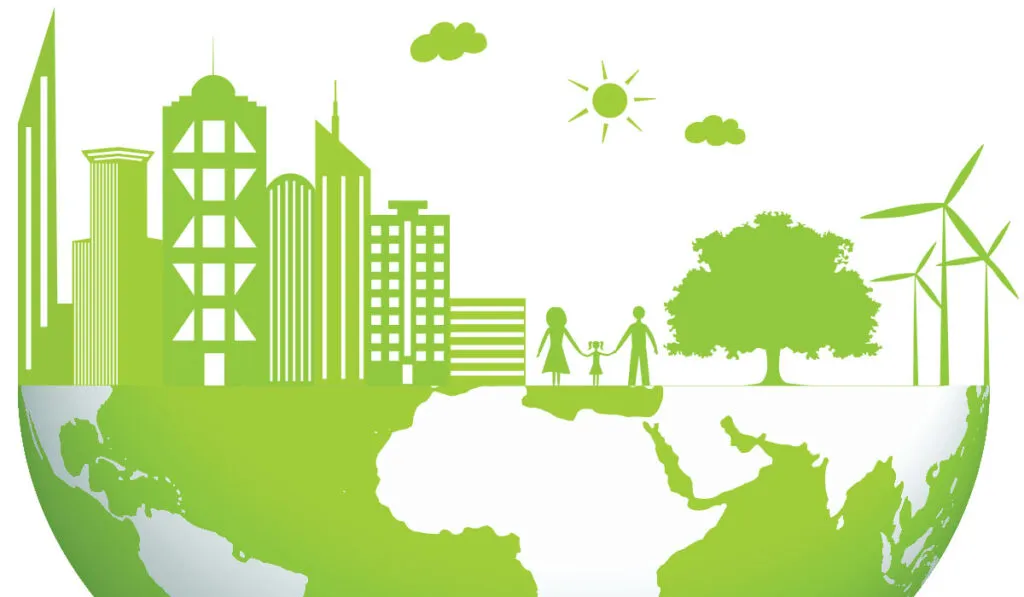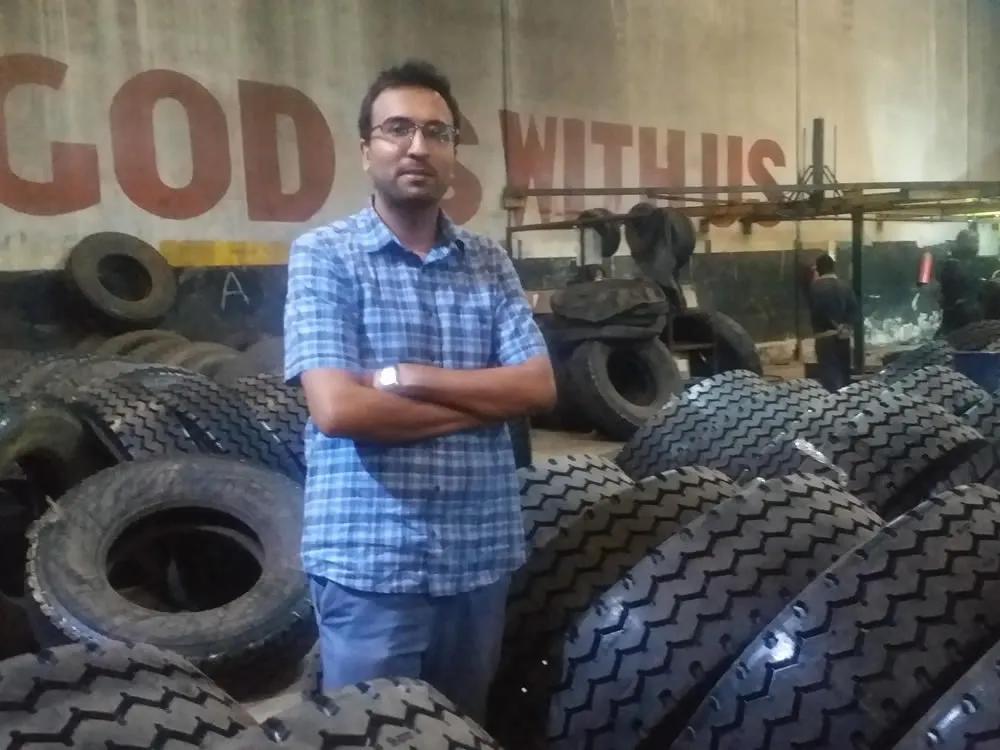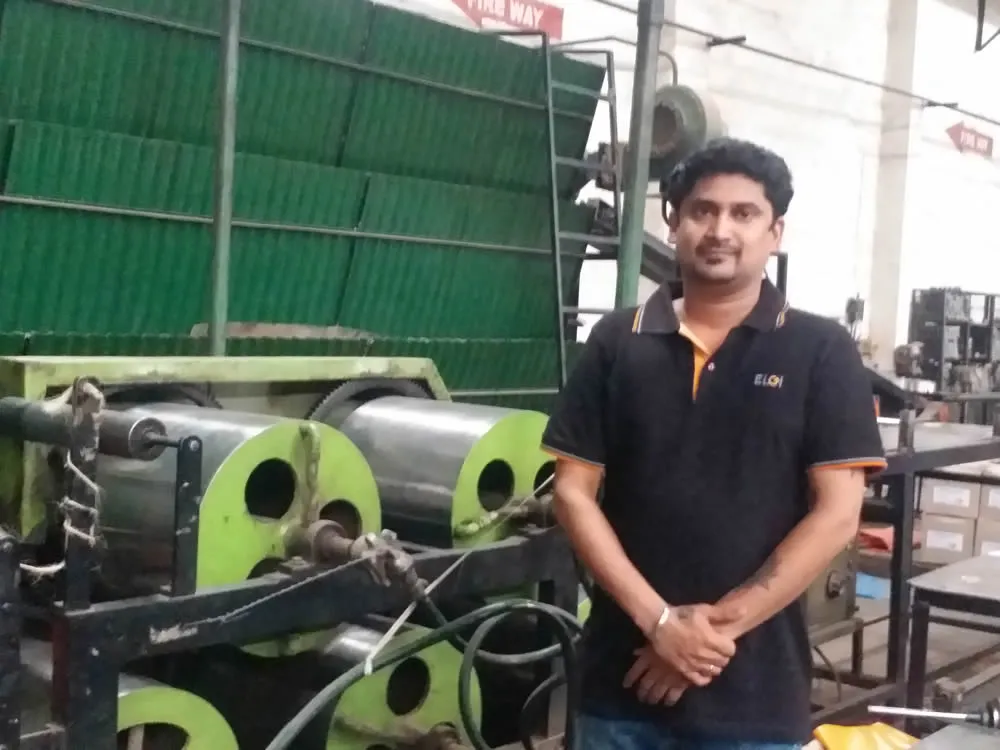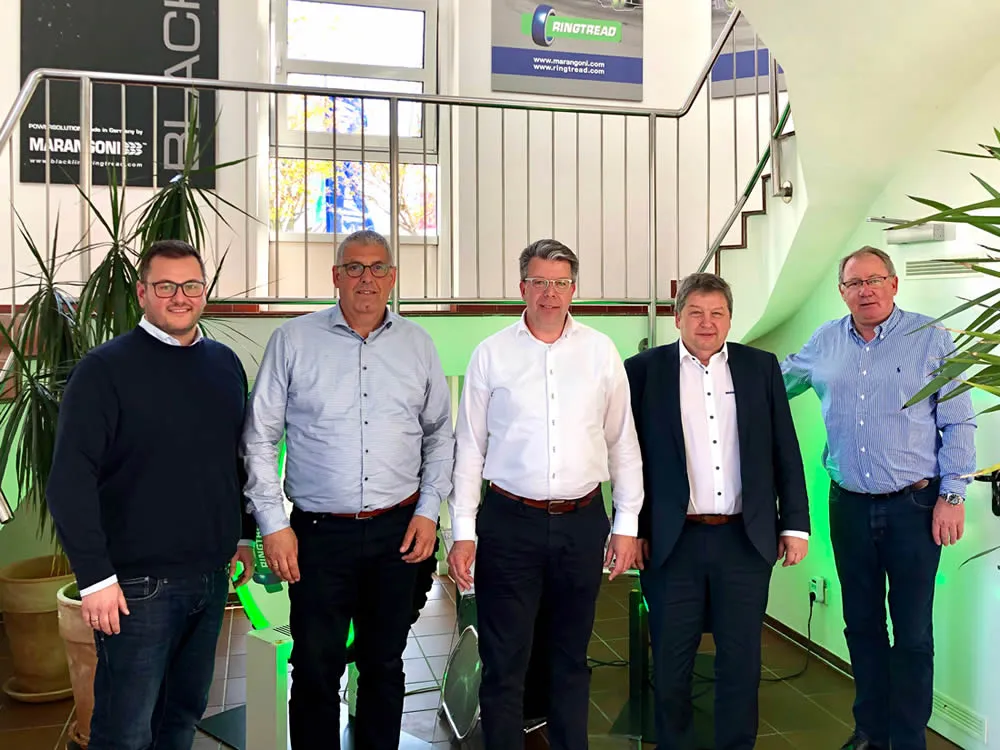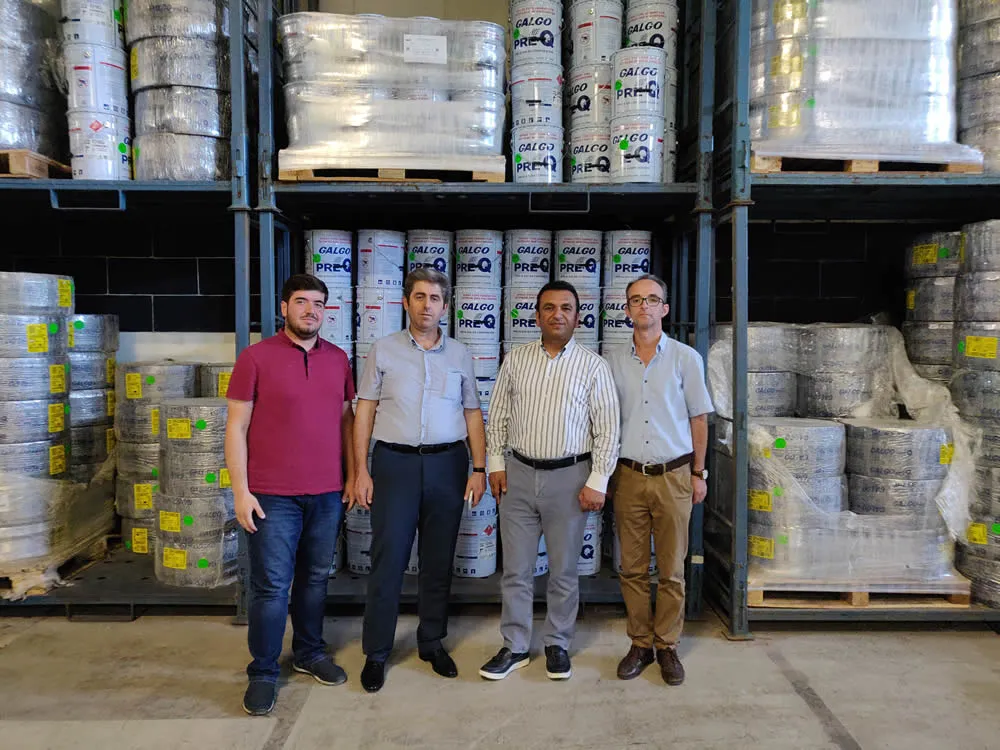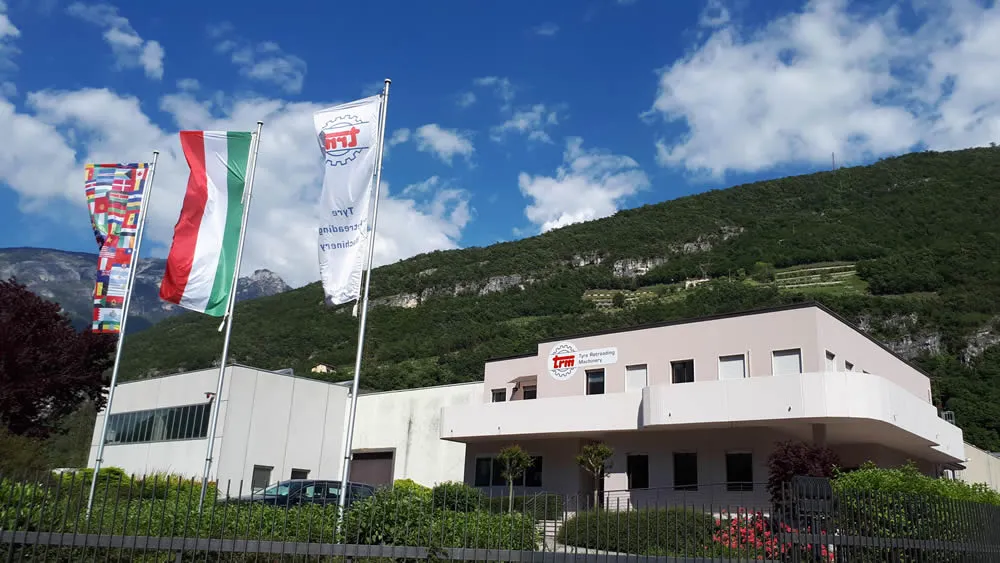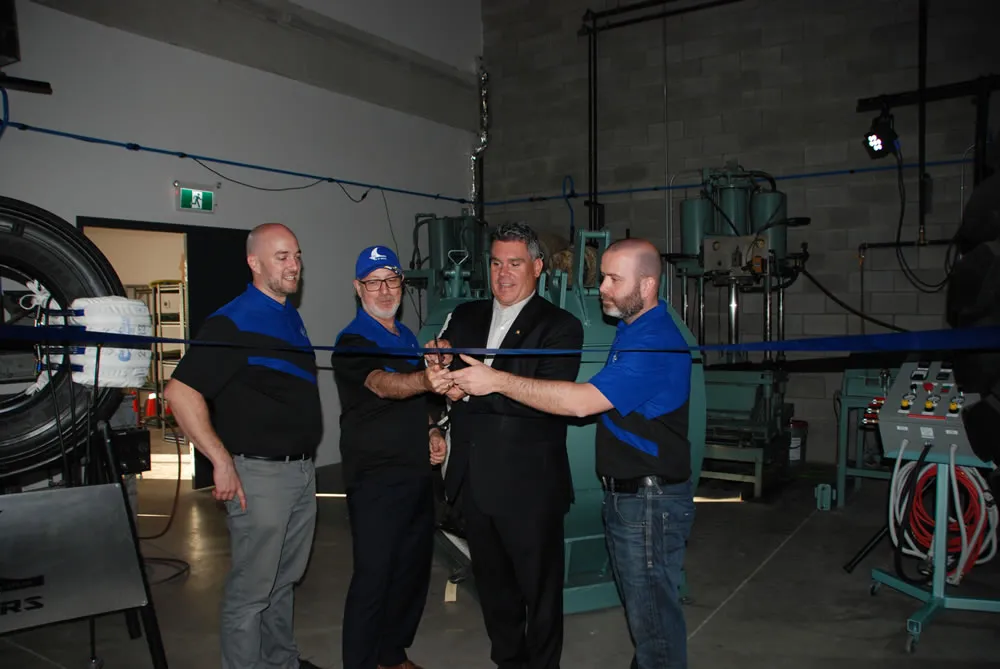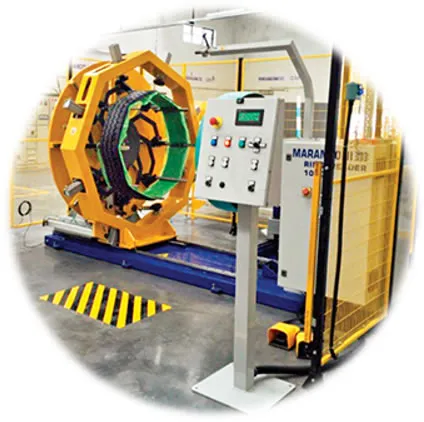The 2019 Crain Communication’s Future Tire Conference focussed on “sustainability”.
Tyre Industry Disconnect on Sustainability
To those of in the retread and recycling sector there could have been an expectation that both areas of the industry would receive some considerable attention in the strategies of tyre manufacturers in developing sustainability.
In the hierarchy of reduce, reuse, recycle, we found that whilst manufacturers were keen on extending mileage and improving performance, they paid less heed to retreading. Representatives from Continental and Bridgestone both referred to their retreading operations as being important, but there was more interest in the sustaining of natural rubber production.
Note, there is a difference in the sustainability of rubber production and the sustainability of the production of rubber. A subtle difference, in that rubber production can be sustained by planting bigger and better plantations, but that in itself does not make rubber sustainable. There was more interest in organising planters and rubber producers into co-operatives and rationalised production to produce rubber more consistently and at higher levels, than there was in reducing the use of natural rubber by retreading and recycling.
It makes perfect sense to anyone in the retread or recycling sector that our technologies reduce the use of natural rubber, and therefore make tyre manufacturing more sustainable, yet we heard how, globally, 50% of tyres still go to landfill or incineration rather than for recycling.
There are markets where retreading is not being developed, and if the tyre manufacturers really had sustainability in their hearts, they would be helping those markets develop sustainable retreading industries – and for that matter recycling sectors.
Continental, Goodyear, Michelin and Bridgestone have all committed to retreading, but in so doing they have, in some cases sought to centralise retreading. Continental’s opening of its plant in Germany saw contracts withdrawn from independent retreaders, particularly in Germany, making an already difficult market impossible for some. (Although this is true, they followed this up with the acquisition of Bandvulc). Michelin has Recamic plants throughout Europe, but its own retread operations have largely been drawn back to France with the contraction of Pneus Laurent. (The UK retread operation is however one of the company’s stronger plants.) Goodyear has centralised its retreading, and ships tyres both ways across Europe to retread them in Riom (France) and Wittlich (Germany), adding to the carbon footprint of the retread operation.
Retreading and recycling should both be localised processes to be truly sustainable. They need tyre manufacturers to impose strict quality management at their franchises. Independent tyre retreaders should have to meet stringent quality standards and be able to back them up with evidence.
The industry has to ask, is it really sustainable to collect casings from, say, Portugal, and ship them halfway across Europe, to retread them and send them back to Portugal, when the same job could be done locally?
Much is written in the transport media about the fleet management operations run by tyre manufacturers, we are not going to name them, our readers know who they are and what they are supposed to do, – multiple uses of casings, whole life costs, cradle to grave care. Yet time and time again when we talk to retreaders and we ask them how much business they get from the manufacturer fleet programmes, we get the same message – very little to zero. One retreader told Retreading Business that they were aware of their “sponsor” diverting business to their equity outlets for new tyres rather than to their retread partner.
Retreading is under serious pressure around the world from, largely, the import of cheap Chinese tyres (regardless of their quality), yet the key players in the tyre sector seem to have limited interest in retreading, or, they want it brought in-house.
The retread industry needs to wake up and smell the coffee. It is being brewed by tyre manufacturers who want to keep selling new tyres. The retreaders need to persuade the tyre manufacturers that retreading really is important and it really has to be part of the sustainable future tyre, certainly in the truck tyre sector.
It is the same with recycling, the recycling sector produces good quality recovered Carbon Black (rCB), devulcanised rubber that outperforms the old reclaim process, and micronised rubber that has been used in over 500 million tyres. Yet, the use of tyre recyclates lies at around 3-4% for Bridgestone and Pirelli and 5% for Continental (but that includes production waste). Targets are higher for the long-term future, but if the manufacturers have targets, they must know how to get there. Why is it going to take them 5 generations of tyres to get to a possible 50% recycling rate?
Tyre manufacturers do need to get behind retreading in a real way. The issue may be forced as second tier manufacturers that have grown in stature enter the retread sector. Hankook has announced greater emphasis on its Alphatread retreads – their truck tyre market share in some markets is considerable and if they can provide whole life costs comparable or better than the reference manufacturers, then they will make inroads. Their truck tyres have been retreaded in Italy by Eco-Tyre with positive results using recycled material in the tread compound – if Hankook take up that technology it is a real win for the underdogs of the tyre sector.
In the UK Vaculug has been taken over by the Zenises Group under the management of Harjeeve Kandhari. Under his management, this is a retread marque that will surely grow.
Retreading has a future, but the tyre manufacturers need to pay more attention to retreading and make more effective use of their retread partners – retreading has to be play a bigger part of the sustainable tyre strategies of the tyre manufacturers.

